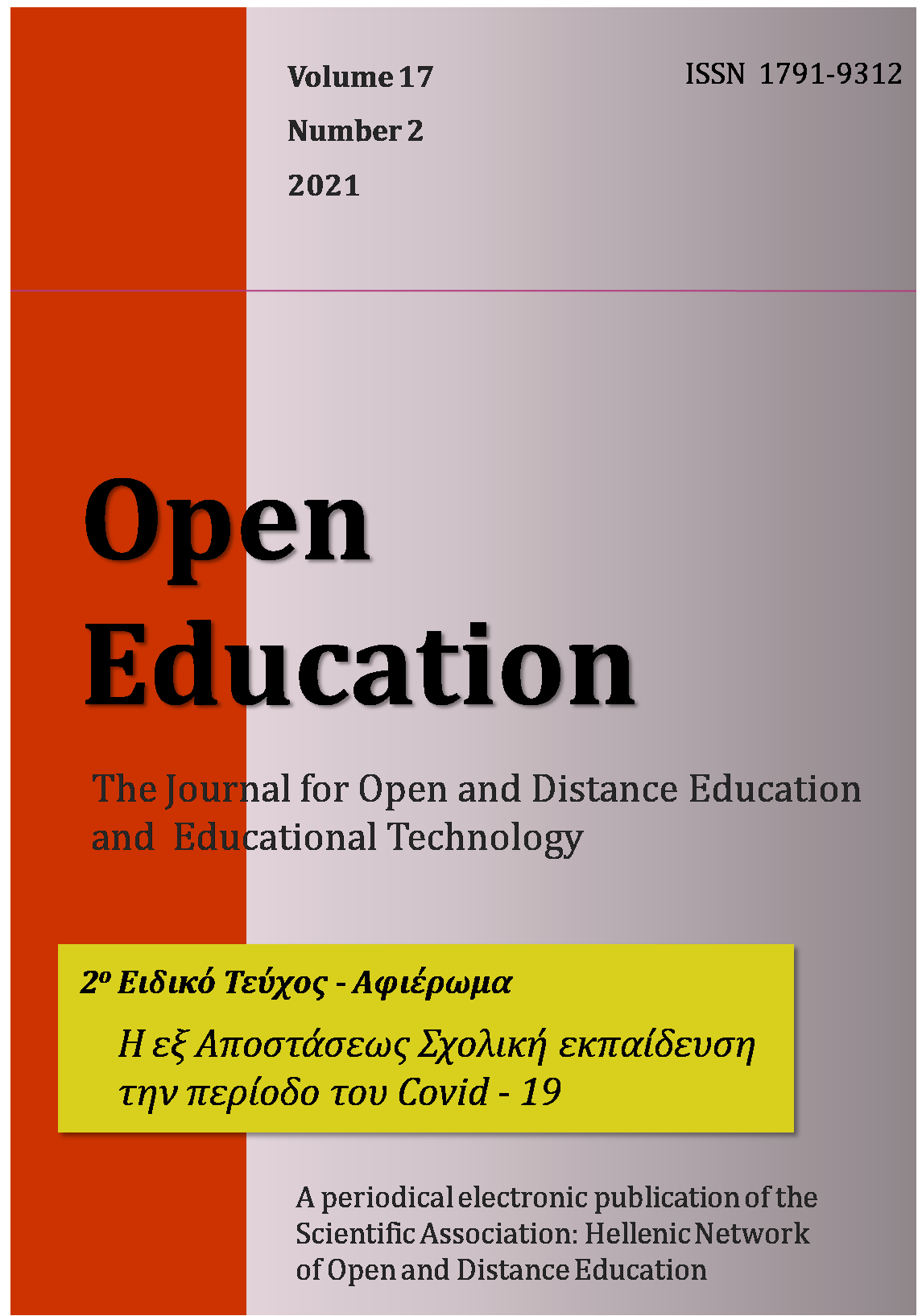Η διδασκαλία της βυζαντινής ιστορίας μέσω της εικόνας

Περίληψη
Η παιδαγωγική αξία των εικόνων κατά τη διδασκαλία της σχολικής Ιστορίας είναι αποδεκτή από όλους, παρά τα πολλά προβλήματα που δημιουργούνται κατά τη χρήση τους στη σχολική τάξη. Η επιλογή αυτών, πέρα από την απαραίτητη κατανόηση ότι δεν υπάρχουν αδιαμεσολάβητες εικονικές αναπαραστάσεις της πραγματικότητας, οφείλει να ακολουθεί και μια συστηματική διαδικασία προσέγγισής τους. Στο παρόν άρθρο, διερευνώνται τα προβλήματα κατά την αξιοποίηση των εικόνων, οι θεωρίες προσέγγισής τους και αναφέρονται ενδεικτικά παραδείγματα διδασκαλίας της βυζαντινής Ιστορίας μέσα από εικόνες που υπάρχουν στα σχολικά εγχειρίδια.
Λεπτομέρειες άρθρου
- Πώς να δημιουργήσετε Αναφορές
-
- Τεύχος
- Τόμ. 15 Αρ. 1 (2019)
- Ενότητα
- Μέρος δεύτερο / Section 2



